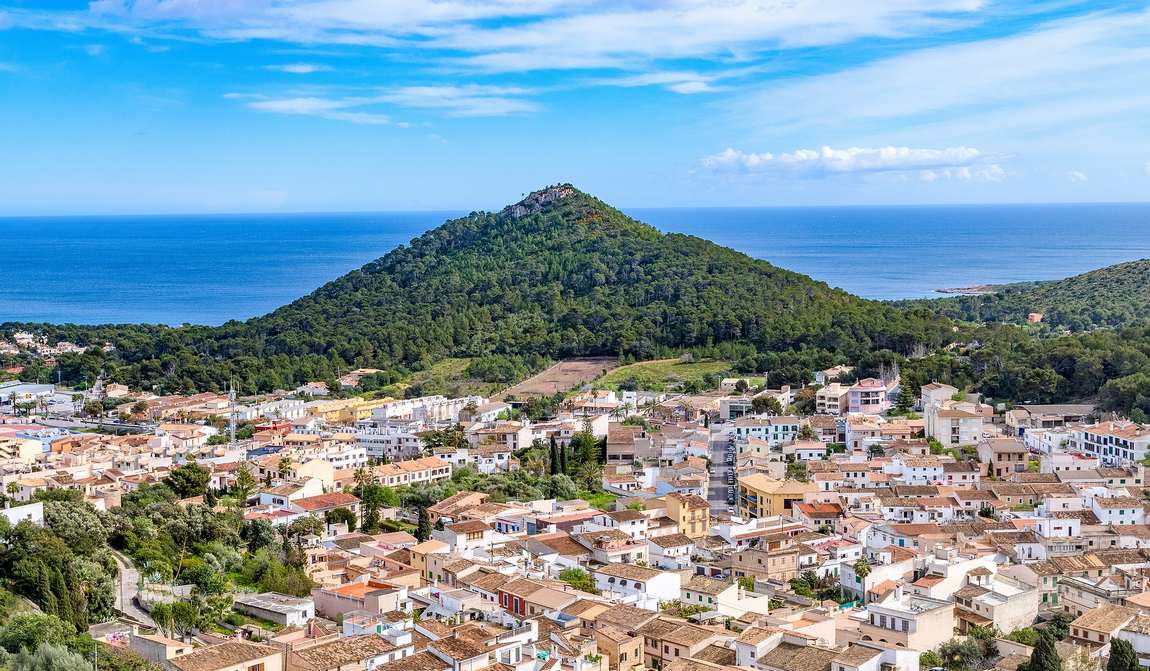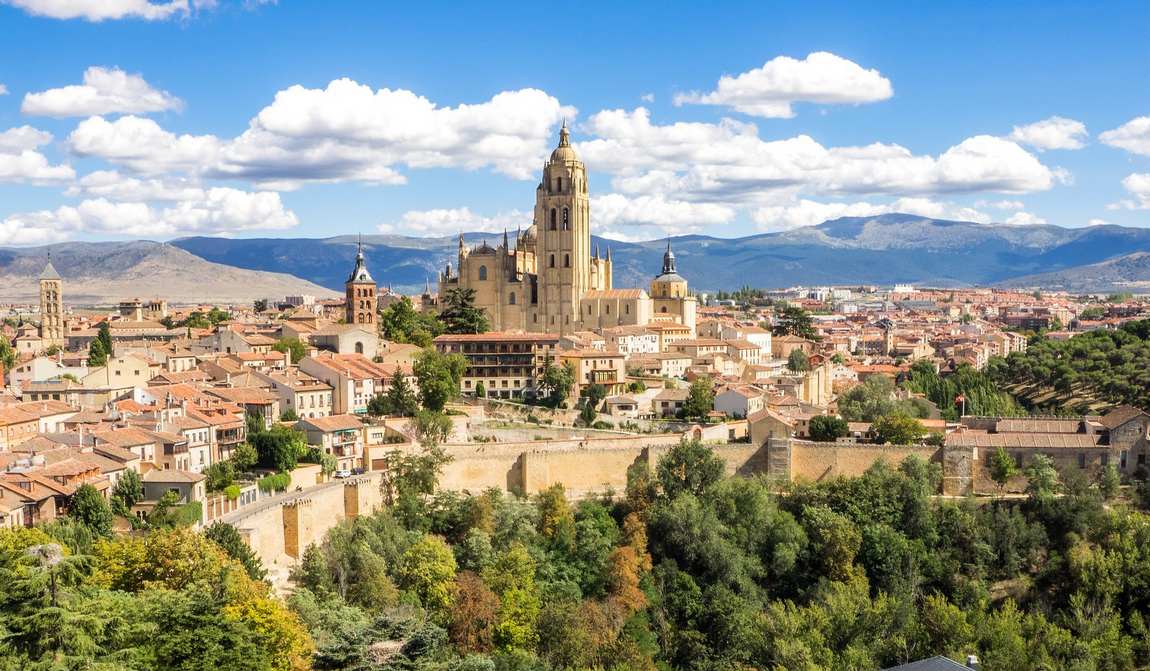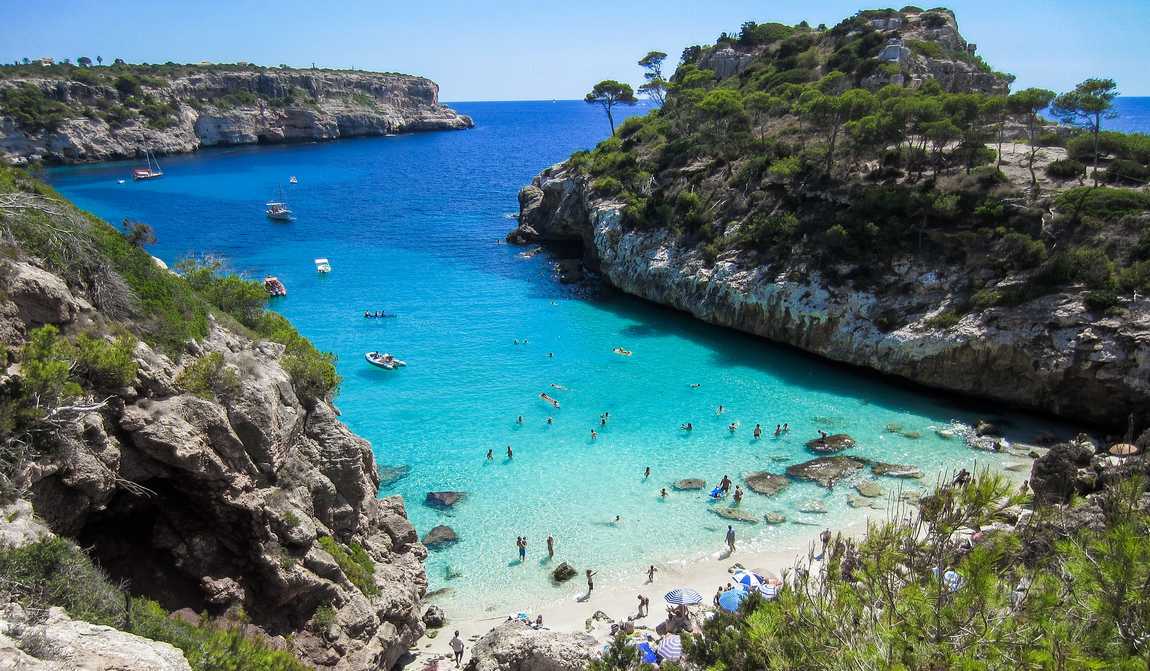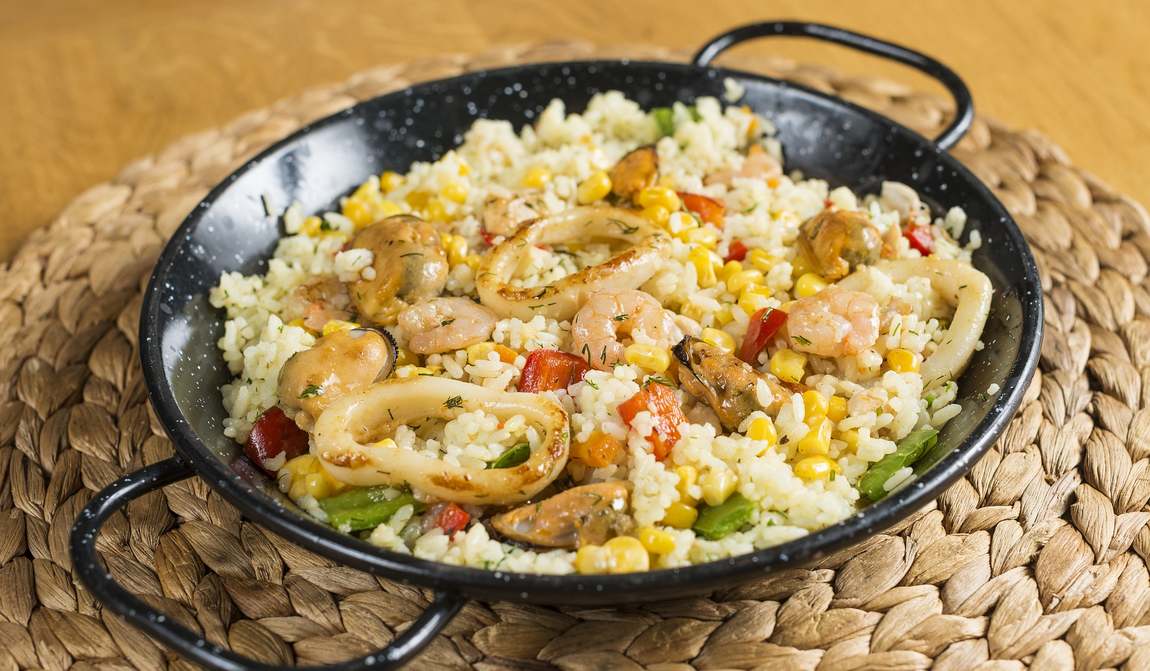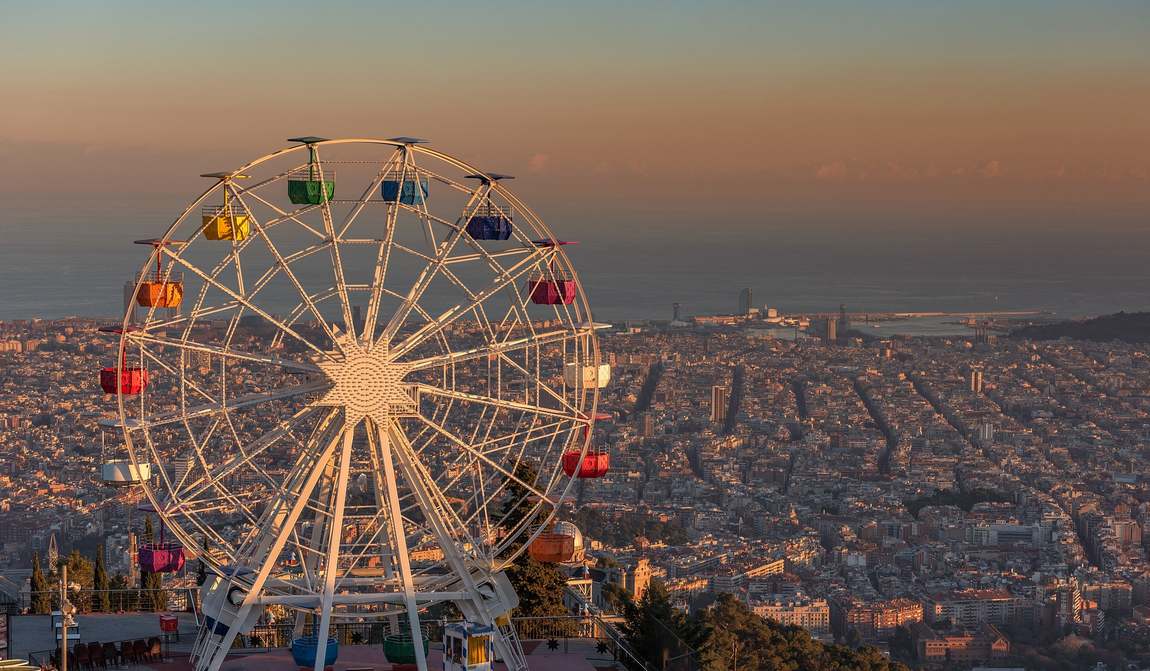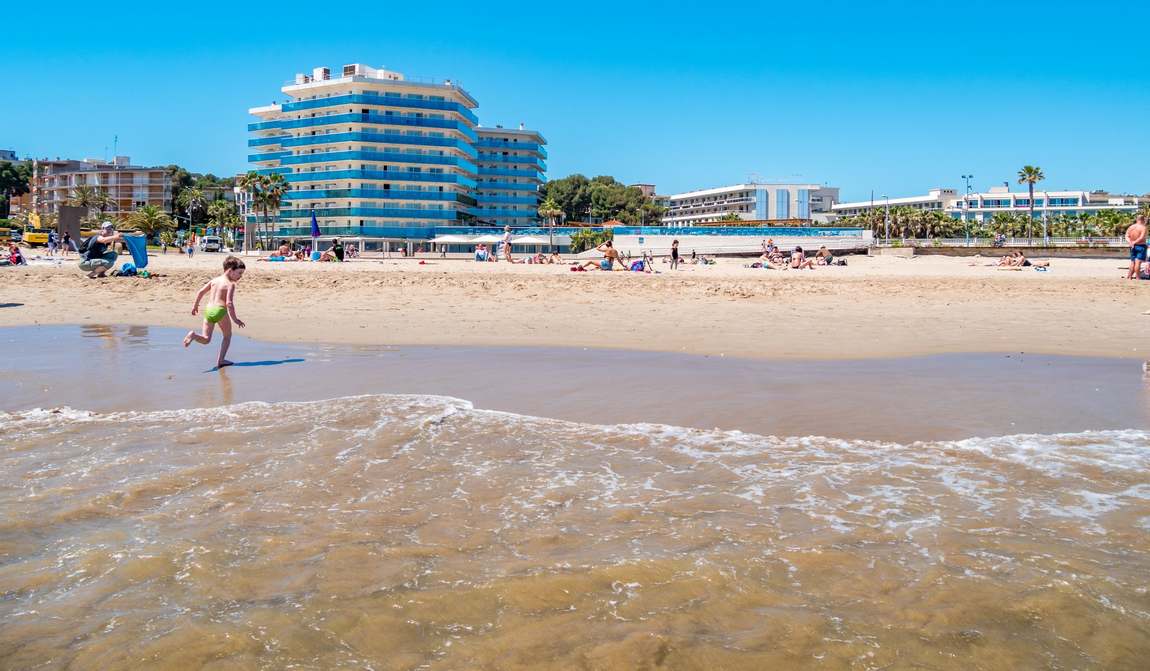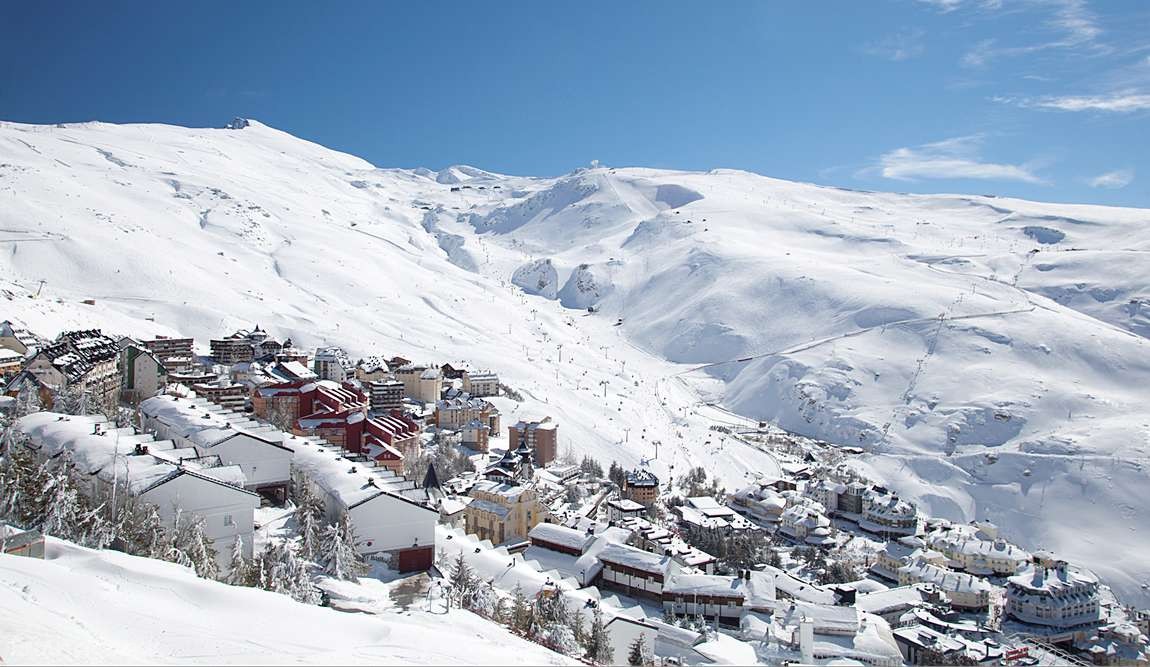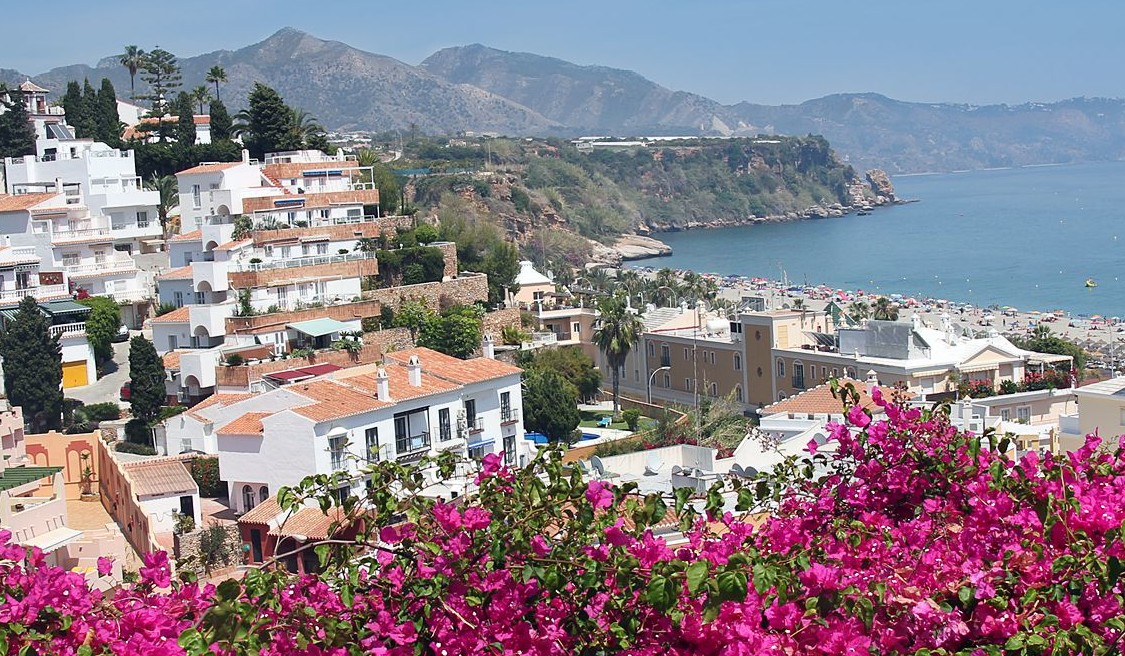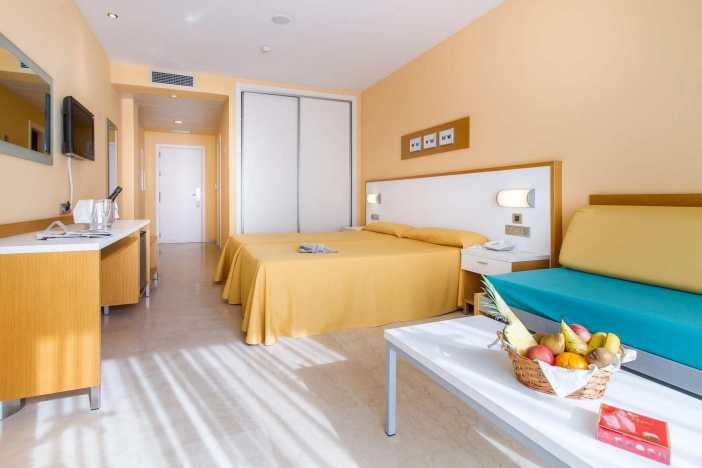What does Spain look like? As colourful as a mosaic in the Park Guell. Passionate, like a flamenco dance. Enigmatic, like paintings by Dali and Picasso. Impregnable, like the pine-covered slopes of the Pyrenees. Romantic, like Lorca's poems and orange blossoms. Noisy, like a continuous fiesta.
It is a country with several languages and different cultural traditions; it combines snow-capped peaks and a warm sea; in the civilized European acquaintance with African exoticism, you can assemble a puzzle of Spain, lovingly looking at every piece. And for families with children, this country is where everyone will find a comfortable (and surrounded by sightseeing objects) place under the sun.
Family holidays in Spain can have different duration and orientations. But leave here with a desire to return and continue to get acquainted with this warm country. Balm for the soul of spontaneous travellers: holidays with children in Spain will be successful, even if not prepared for it — tourism is well thought out in detail. Well, if everything is carefully planned so that the beaches, museums, flamenco, and gazpacho and paella, you get an actual, typically Spanish holiday of life.
Where is Spain Located in the World Map
The Kingdom of Spain (Reino de España) is a south-western European state on the Iberian Peninsula. Its territory includes the Balearic and Canary Islands, Ceuta and Melilla in Africa. The Pyrenees mountain system occupies the central part of the country. The Mediterranean Sea washes over the sea to the south and east, while the Atlantic Ocean lakes off the north, west and south coasts.
Spain has borders with France and Andorra to the north, Morocco and the British possession of Gibraltar to the south, and Portugal to the west. The area of the state is 504.8 thousand sq km. The population is 47.4 mln people. The capital is Madrid. Spain is part of the Schengen area.
Spain for kids

There are plenty of reasons to go to Spain with children: long summers, great beaches, warm sea, an incredible amount of entertainment, and easy transport. Whether you want to bask in the sun, wander around the old towns, visit famous museums, or have a blast at an amusement park, it's easy to fit it all into one, even short, trip.
The main reason for the popularity of family holidays in Spain is the complete care of travellers with children. Family tourism has been mainly developed in recent years. For example, Catalonia has resorts certified for holidays with children.
And it should be noted that there are almost no all-inclusive hotels with a varied entertainment programme: cities, not hotels, create the conditions for a good holiday with a child. Spain has everything to keep little travellers squealing with delight, whether it's the famous amusement parks or the usual playgrounds.
Ensuring facilities for a holiday with an infant is the concern of hotels and authorities alike. Cots in rooms, ramps, lifts in public transport, baby-changing and baby-feeding areas in museums and restaurants, a wide range of baby food in supermarkets — you get used to all this comfort very quickly.
If you have more than one day to spend in Spain, a word of advice: don't neglect the siesta. Shops, cafes and even some museums close during the hottest time of the day. It's best not to walk around and not to stay on the beach during this time.
Best time to travel

Spain's tourist season has its ups and downs, but it's difficult to find even a week when hotels are empty and no multilingual buzzing can be heard at restaurants. Summer is time for beach holidays, winter for skiing, spring and autumn for football and bullfighting, and all year round for festivals and celebrations.
The beach season lasts from May to September, and it lasts until late October in the southern resorts.
Spain's bathing season is shorter, though: The water doesn't warm until mid-June and stays warm until mid-September, although in some places — Tenerife, for example — you can bathe until late autumn. That's why holidays in September in Spain are considered the most popular.
The highest wave of tourists floods the coast in July and August. About accommodation for this time is worth taking care of well before the trip, and for a holiday with a baby in Spain, it is better to choose small resorts rather than large cities.
And when is the best time to visit Spain to see something other than beaches? Oh, there's plenty to choose from.
- Spain has a lot of fun celebrating holidays, whether it's a grand carnival or the patron saint's day of a town. Christmas, Carnival in February, Semana Santa, Moors and Christians and St. Juan's Bonfires (the last two in summer) are significant events.
- The football season kicks off at the end of August. Fans rejoice at the chance to warm up on the beach and see Barça, Real Madrid, or Sevilla play live.
- The bullfighting season starts in March, but most of the action occurs between May and October. Buy your bullfighting tickets in advance, as Spaniards quickly buy them too.
If you're looking for a complete programme of excursions, it's best to plan your holiday with a child in the spring or autumn. The off-season weather differs slightly from region to region, so more on that.
Weather and Climate

Spain's climate is scientifically described as 'Mediterranean', but the other words that describe it much better are 'sunny', 'warm', and 'dry'. It has long summers and mild winters; the sun shines 300-320 days a year.
Still, this is an over-generalised description, as the weather varies from resort to resort. The summer heat, for example, is always less on the seaside than in the inland towns. The Canary Islands have a unique climate, with neither winter nor summer but a warm spring.
The winter weather is also different. While the coastal resorts keep the temperature above zero, in the mountains, the temperature drops below zero, and there is snow — so Spain is known not only for its seaside resorts but also for its ski resorts.
In general, Spain's holiday season runs from May to September. In late spring, the air warms up to +20-24°C, in June to +25-28°C, and in July-August, the temperature differences become very significant: from +28°C in Tenerife to +40°C in Seville. On the coast, summer temperatures generally do not exceed +30°C.
Autumn in Spain can also be different. The Costa Brava resorts can get as cold as +20°C in mid-September. In Costa Blanca, the temperature stays +25-28°C throughout September. The Canaries are just emerging with the best conditions for seaside holidays. And in the central city of Andalusia, thermometer columns and does not fall below the mark of +30-34 ° C. When planning a holiday in Spain at this time, be sure to check the weather forecast.
Almost all resorts reach their low season in early November, which lasts until March and April. The air temperature during this period does not exceed +10-15°C, and the rains are frequent. The only exception is the Canary Islands, where even in winter, the thermometers show +20°C.
In contrast, at ski resorts, the end of autumn is the opening time of the season. From November to April, temperatures range from -3°C to +2°C during the day and -5°C to -10°C at night. Snowfalls are frequent in winter, ensuring good snow cover until mid-spring.
March and April are the short off-season in Spain. It's still too cool for seaside holidays as the air barely has time to warm up to +15-20°C. Spring, however, is the perfect time for sightseeing in Madrid.
Nights in Spain are chilly, even in summer. Once the sun goes down, temperatures drop to +16-20°C; in May and September-October, the air cools to +14-17°C overnight.
What is the best time to take a holiday in Spain with children? It depends on the purpose of the holiday and the region:
- We recommend the end of August (Costa Brava), September (Costa Dorada, Costa Blanca, Costa del Sol, Costa de Almeria, Mallorca) or July/October (Tenerife);
- For city tours, April-May and September are suitable;
- The optimal conditions for skiing are formed in January-March.
Sea temperature

Spain's beach season starts in May, and the heat is beckoning for a refreshing dip in the sea by June. But there's no hurry: most resorts have sea temperatures as low as +20-22°C in early summer.
By July, the sea is warm in all resorts. In the Costa Dorada, Costa Blanca and Costa de Almeria, the water warms up to +24-26°C, while in Mallorca, the water sometimes reaches +28°C.
The water is slightly colder in the Costa Brava, Costa del Sol and Tenerife. Here the summer maximum is only +22-23°C. With the onset of autumn, the water temperature in Spain is almost the same, and it even gets higher in Tenerife: the warmest sea in the Canaries is in September and October. In most resorts, it is possible to swim throughout September and even in early October; only in Costa Brava and Costa del Sol the bathing season ends in the second half of September.
Food

Tourists who have already holidayed in Spain are surprised to hear about all-inclusive hotels in the country. To eat in a hotel restaurant all the time is to miss out on one of the best aspects of Spanish culture. Paella, gazpacho, tortilla, Pa amb tomàquet and other delicacies can be had at any of the many restaurants or in the street on holiday (almost always).
On the other hand, the pastries are a sight for sore eyes. So, rather than seeking a full-board hotel, we recommend you taste the Spanish culinary. If you come to Spain with a baby under a year, it will be enough to ask for a kettle in the room to prepare baby formula and porridge. Family hotels will give you a sterilizer for bottles and other necessary things to care for a toddler.
Many restaurants and cafes, especially in large cities, have a children's corner. While preparing the food, the kids are busy playing and don't get bored. Another reason to pop into the nearest cafe is if your child has to pee. There are not many public toilets in the country, and the owners don't mind if you pop in to use the toilets.
If you are planning an independent holiday in Spain with children, then you can buy all the necessary things, including cheese, ham, and fresh fruit, in the markets, supermarkets or specialized shops. Baby food in Spain is available in pharmacies and supermarkets.
Before the weekend, stock up on baby food: shops have shorter opening hours on Saturdays, and Sundays are off.
The shops sell all the usual products: milk, dairy drinks, cheese, cereals, meat, fish and vegetables. The freshest seafood and fruit are usually available at the markets. And markets are a great place to eat starting early in the morning — for example, the famous Boquería in Barcelona opens its doors at 6 am.
And keep an eye out for those small family-run shops where authentic delicacies are found. The fragrant pastries are sold in bakeries (panadería), and if you want sweets, look for a pastry shop (pasteleria).
Seasonal fruit, vegetables and herbs can be bought at the fruteria. Cheeses and jamón are sold in the charcuterie, and there's often a tiny café where a toasted bread sandwich with half a fresh tomato can be made for a child.
Getting Around

Because Spain is large and the places of interest are scattered throughout the country, transport links play an important role in travel. Tourists are met at major airports, and comfortable buses and trains take them to their destinations.
Buses are one of the most comfortable and cheapest ways of getting around Spain. Several carriers in each region and mainly ALSA buses travel between areas. Timetables are available at bus stations or on the carriers' websites.
City public transport in Spain is available only in large cities (small resorts can be bypassed on foot or by tourist train). Travelling by train is more expensive than by bus, but sometimes more convenient; for example, the AVE high-speed train from Madrid to Barcelona takes 2.5 to 3 hours, and buses take 6 hours. As for prices, a bus ticket costs less than 35 Euros, while a train ticket costs 85-115 Euros.
The cost of travel is 1.5-2.5 euros, and it's always cheaper to buy a pass for several trips. Passes for children cost half as much as those for adults.
To save on fares and excursions, buying travel cards (e.g. Madrid City Pass, Barcelona Card) is advantageous.
With these cards, you can use public transport unlimitedly, take a sightseeing bus around the city, visit museums for free or get a discount on admission tickets.
An alternative to public transport in Spain is renting a car. For the restless and curious tourist, you can't do without a car at all, and there's only one recommendation: obey the rules of the road to avoid high fines.
 [email protected]
[email protected]


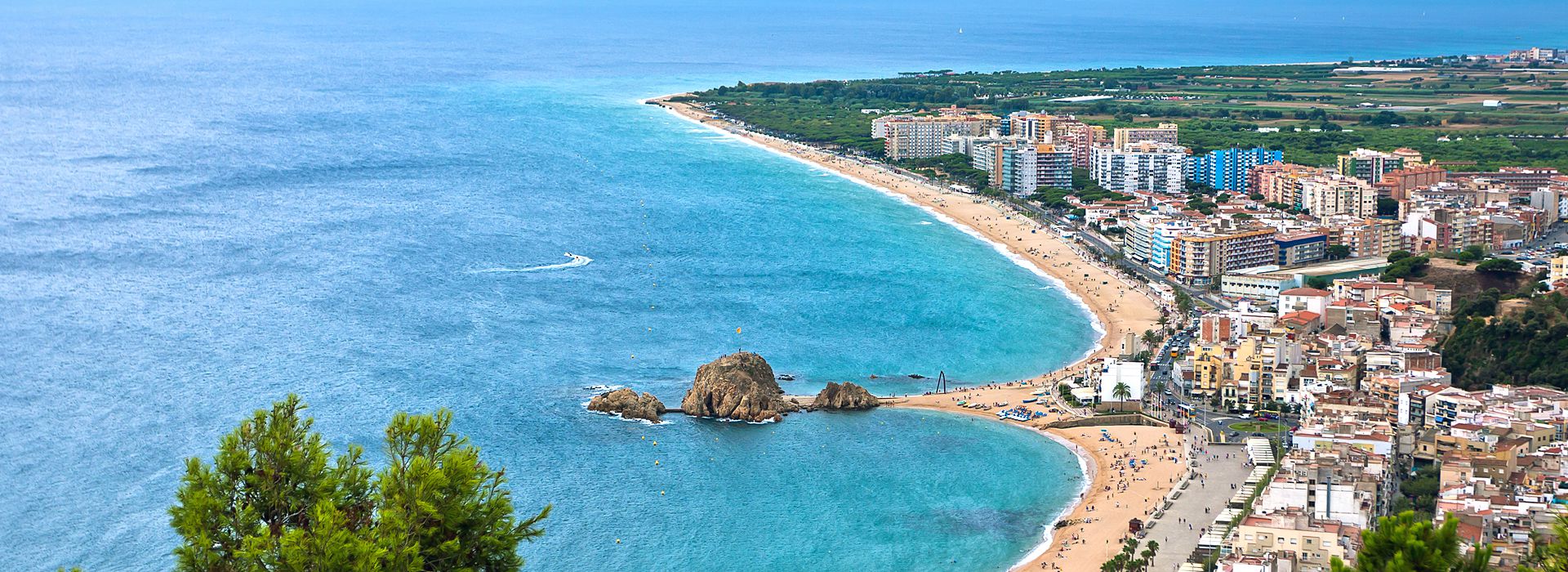



.jpg)
